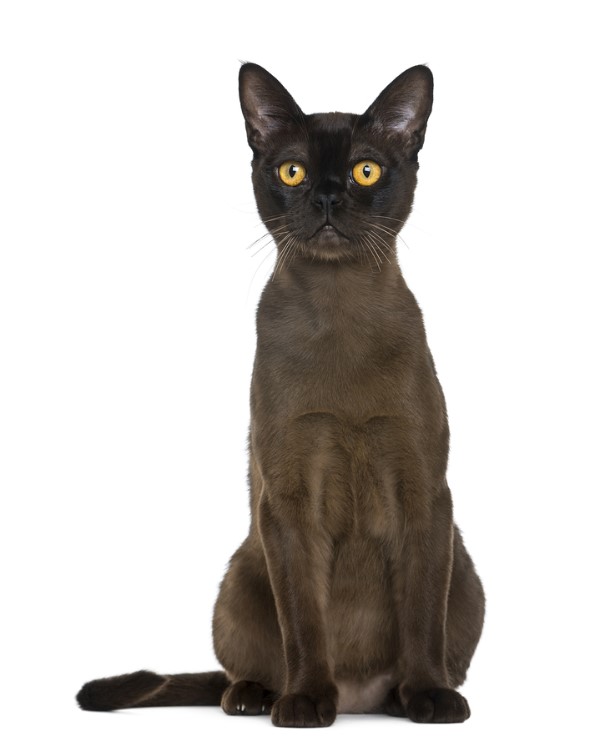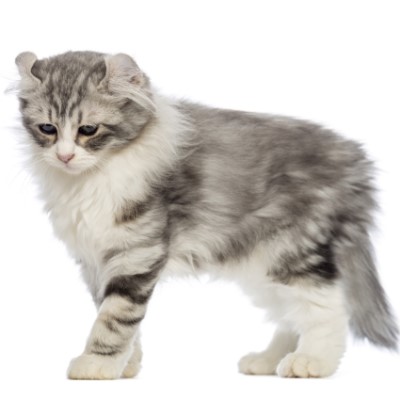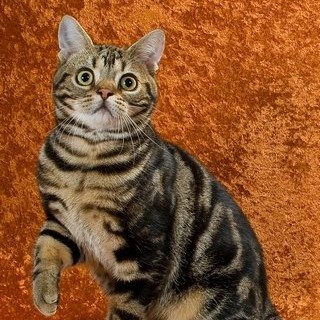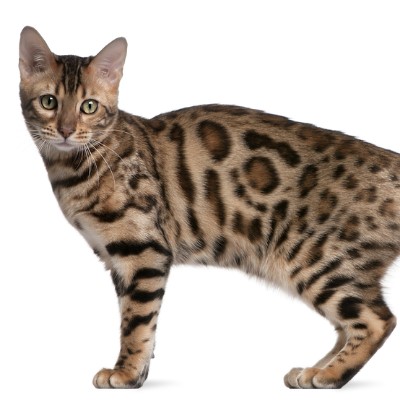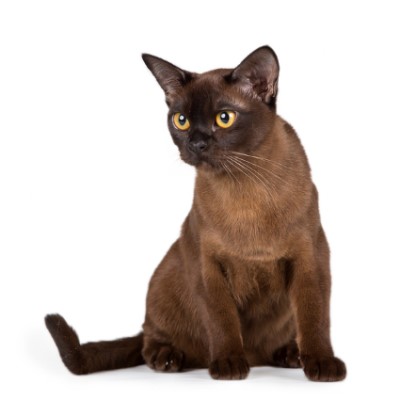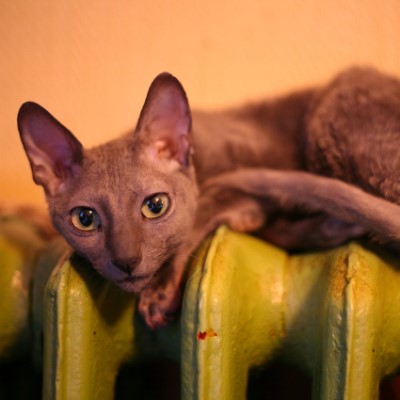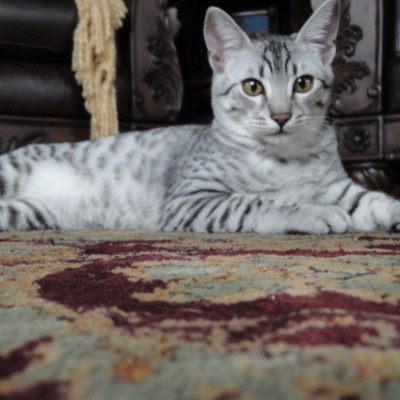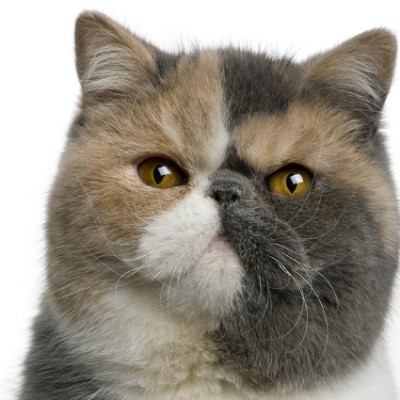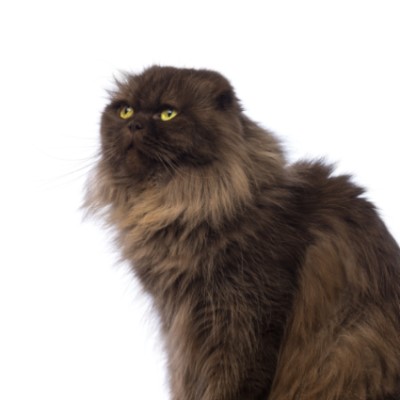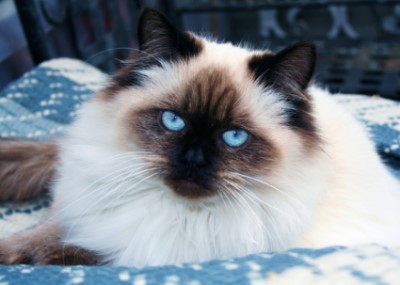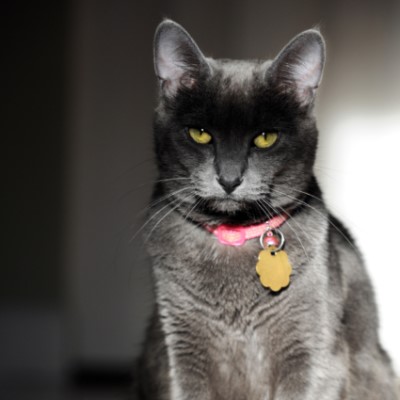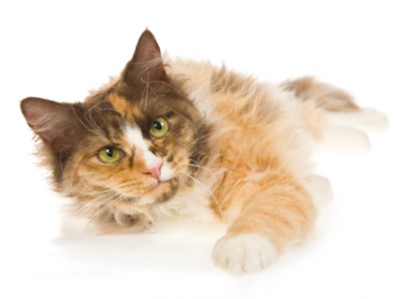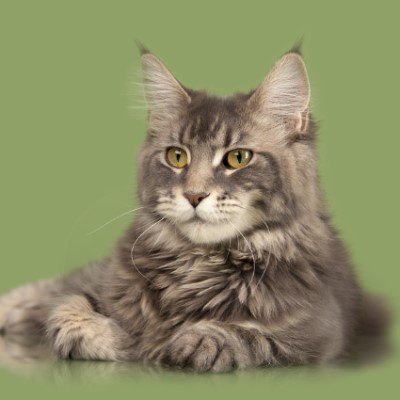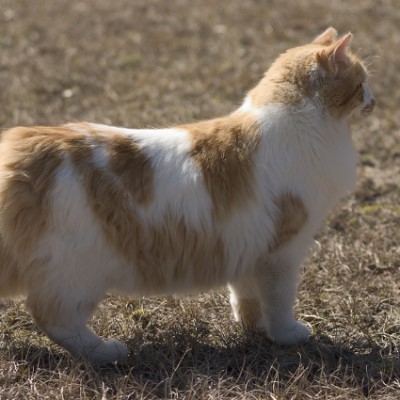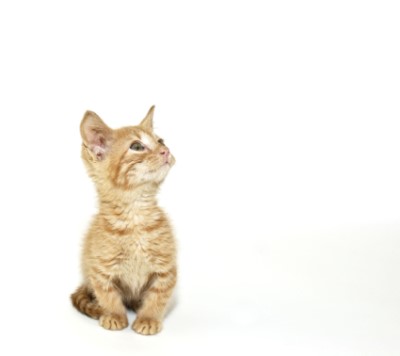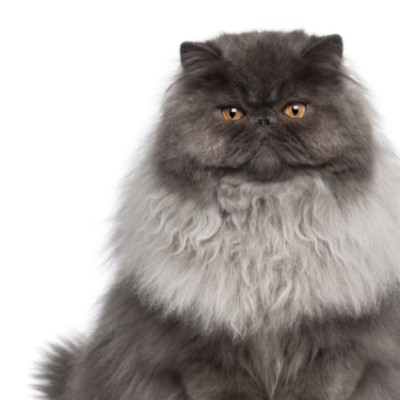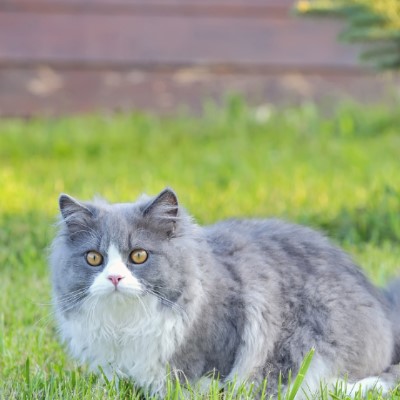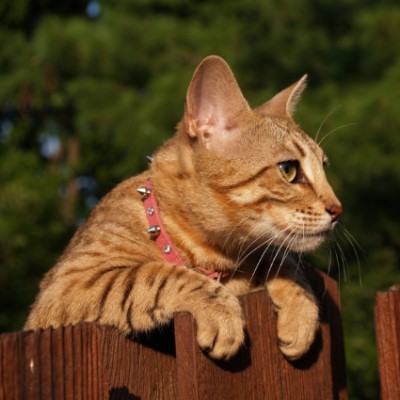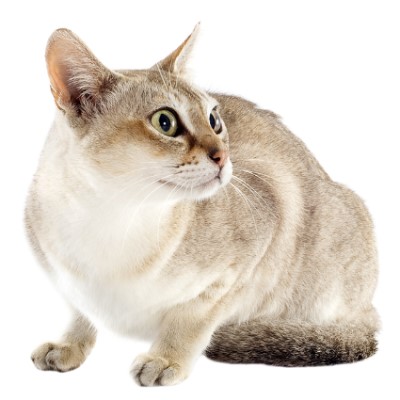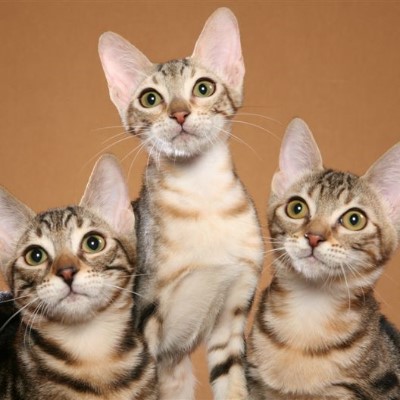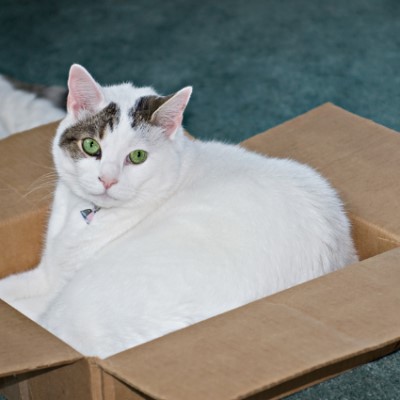Common Reasons for Surrender
Like most pets, Bombays lose their homes through no fault of their own. The continued economic downturn has led to job and home losses, which results in Bombays being surrendered to shelters and rescues. Other times couples divorce, a new baby arrives, or a family moves, and the cat no longer has a place in the family.
Pros
Bring a Bombay cat into your home, and you’ve started a lifelong friendship. Bombay cats love being with their humans, sleeping in their laps, and following them around like puppies. Most do well around children if the children are first taught how to be gentle with a cat. They’re also an athletic, intelligent breed that just wants to be with their families.
Cons
Bombay cats want and demand attention from their owners, which could be a turnoff if you prefer a more independent type of cat.
Diet
Because cats are carnivores, they require a meat-based, high protein diet. Buy the highest quality food you can afford, whether dry or wet food, to ensure your Bombay gets the nutrients and proteins he needs. Cats should always have access to fresh water, which is especially important if you do not feed wet food. A water fountain, such as the Pioneer Water Fountain, will ensure your Bombay drinks plenty of water each day. Every cat loves a good treat, and fresh fish, such as salmon and sardines, are popular choices with Bombay cats.
Exercise
Play time is a necessary part of a Bombay’s daily routine. It also offers your cat the chance to expend exercise and to keep her mind sharp while giving you both a bonding opportunity. Interactive toys—such as the Dragonfly or Neko toys—are best. Most also love running around the house and jumping, a great way to expend excess energy. Just make sure playtime is a part of your Bombay’s daily life to keep her healthy and happy.
Possible Health Issues
Bombay cats are generally a healthy breed when bred properly. However, some may be prone to heart problems, due to their breeding.
Litter
Once you find a litter your Bombay cat likes, stick with it. Bombays thrive with consistency and changing a litter could upset your cat. Some cat owners prefer the World’s Best brand for litter while others prefer newspaper-based products like Yesterday’s News or wood stove pellets, which you can generally purchase at WalMart, Lowe’s, and Home Depot during the winter months.
Grooming
Grooming with a Bombay is minimal. Some Bombay owners prefer brushing their cats at least twice a week while others assert that petting is sufficient for removing excess hair. Do what works best for you and for your cat. Shedding is typically minimal with Bombays. Some also enjoy baths from time to time. A good diet will help keep your Bombay’s coat looking healthy and shiny.
Training
Because of their intelligence and willingness to please, Bombay cats typically take well to training. For best results, use clicker training. Bombays have been trained to walk on a leash, to answer to basic commands, and to play fetch.
Entertainment
Bombay cats are considered the Velcro breed for good reason—they want to be with their humans every chance they get. Most are happy just to be with their families, although entertainment is essential to their mental and physical wellbeing. Provide your Bombay with toys such as wands, laser pointers, and those with catnip inside. Kongs are also popular with some cats.
We want to thank Yash Cattery and Vindouro Burmese and Bombay Cattery for help with this profile.
